Stari Grad dates back to at least 384 BC when settlers from the Greek island of Pharos arrived and set up home. The Greeks were interested in what is now called Stari Grad Plain, the largest plain on any of the Croatian islands. It stretches around 6 km from Stari Grad to Vrboska. Stari Grad Plain is the best preserved Greek cadastre in the Mediterranean. Because of this, both Stari Grad Plain and the town are listed as a UNESCO World Heritage Site. This is one of seven UNESCO sites in Croatia.
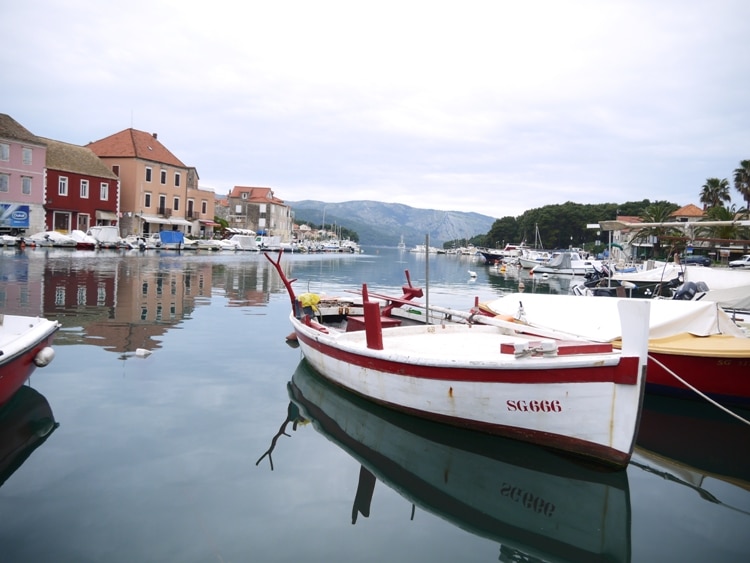
Stari Grad is easy to get to by ferry from Split and makes an ideal day trip. See Split To Stari Grad By Ferry for full details of ferry times and prices.
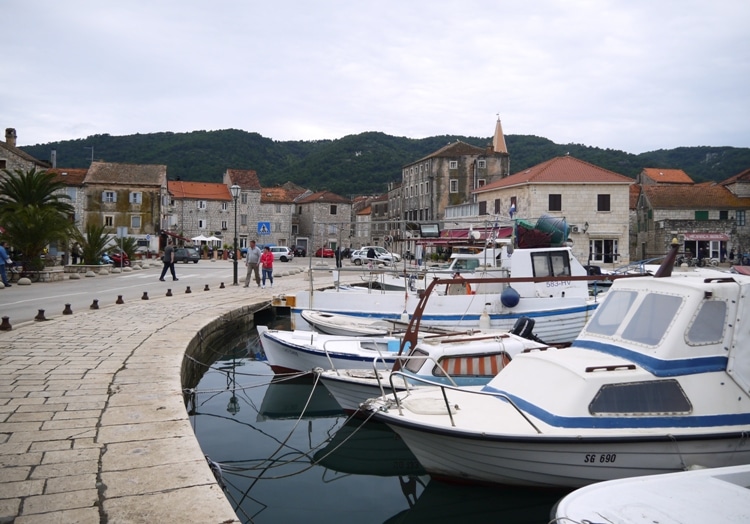
The ferry docks around 2 km from the town center, so you have the option of walking along the sea path or getting a bus. If you get a bus and walk into the town you’ll end up in the area shown above. If walking from the ferry port, just keep walking until you get to this area. To the left of the boats in the image above is where the Tourist Information Office is located. It’s a good idea to pick up a free map and town guide.
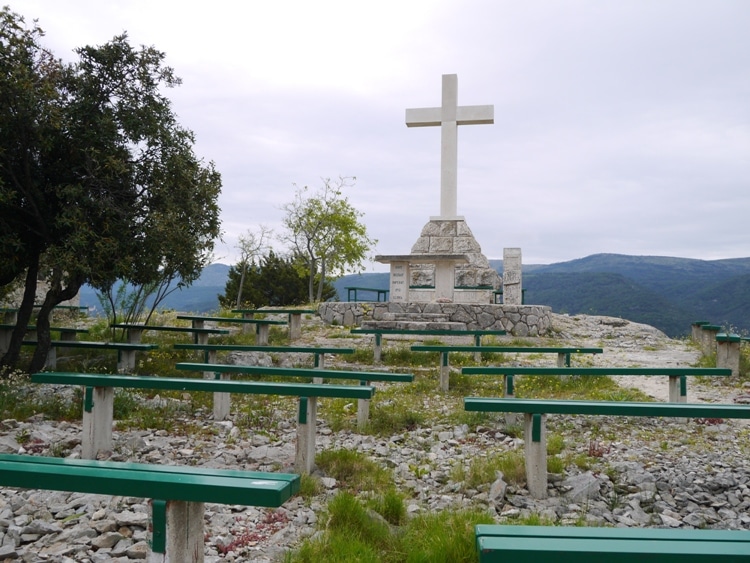
The first thing I’d suggest doing is taking a walk up to the top of Glavica hill. It’s about a 15-20 minute walk and has some great views from the top. Just walk up the hill to the left of the school, follow the road around the sharp bend and then turn right onto a track that leads up the hill. The path gets narrower and more rocky near the top, but it’s still a fairly easy walk.
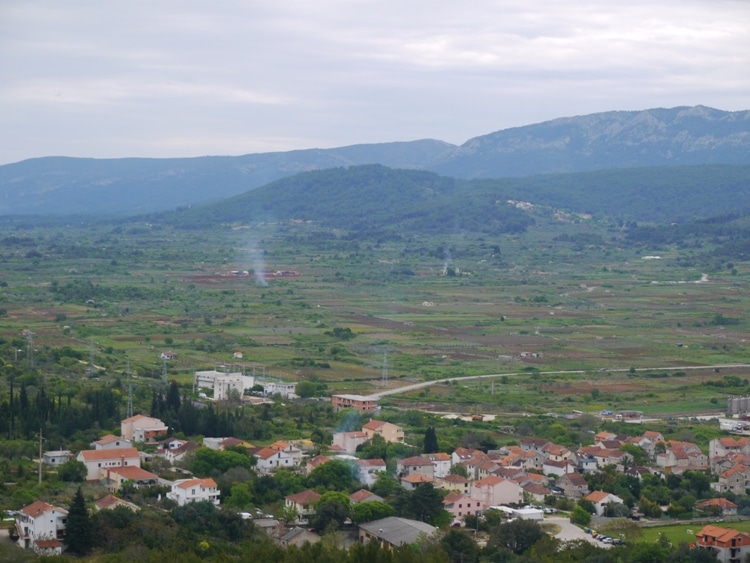
The cross at the top of the hill was erected in 1900 as a dedication to the 20th century. The hill rises 111 meters over the town so you get a good view of Stari Grad Plain. I must admit that it isn’t much to look it. I’d never have guessed that it was a UNESCO site.
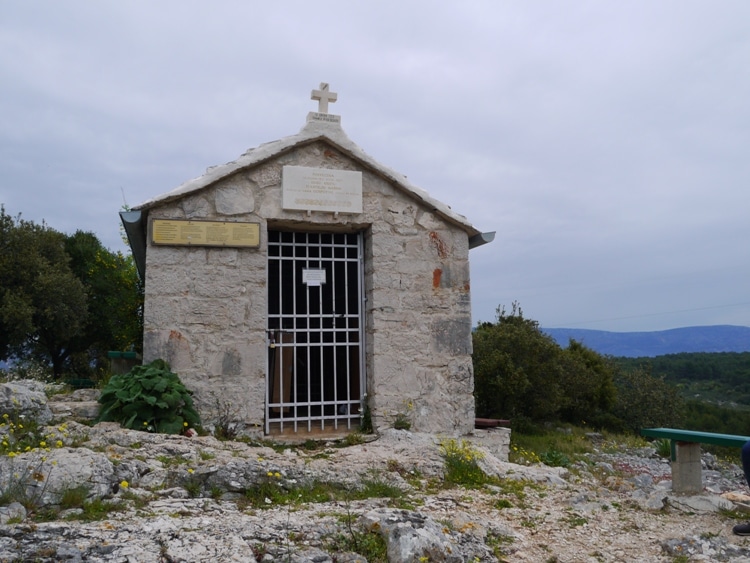
There is also a very small church on the hill. It was locked when we were there, but you can still see inside through the bars.
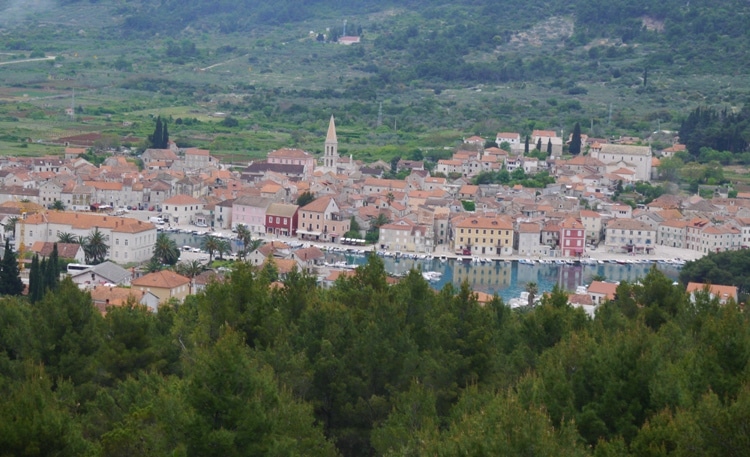
You’ll get a great view of the town and harbor from the hill, which will help you understand the layout when you walk around it.
This above video shows what you can see from the top of Glavica hill.
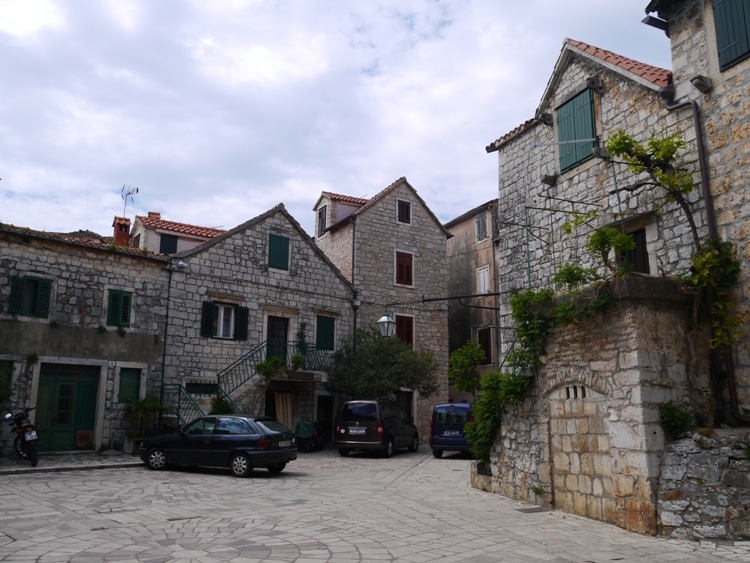
Stai Grad as many small squares, with Trg Skor being among the most picturesque. We visited out of season, but were told that it looks even more beautiful during the summer months.
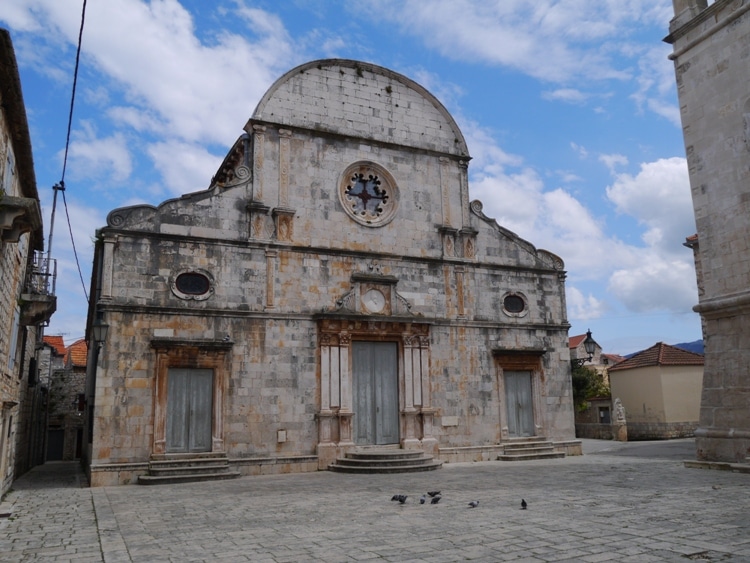
St. Stephen’s church was the first cathedral to be built on the island of Hvar and is a focal point of the town. In the past, this is where sentences were passed and agreements made. Today it’s a fairly quiet place.
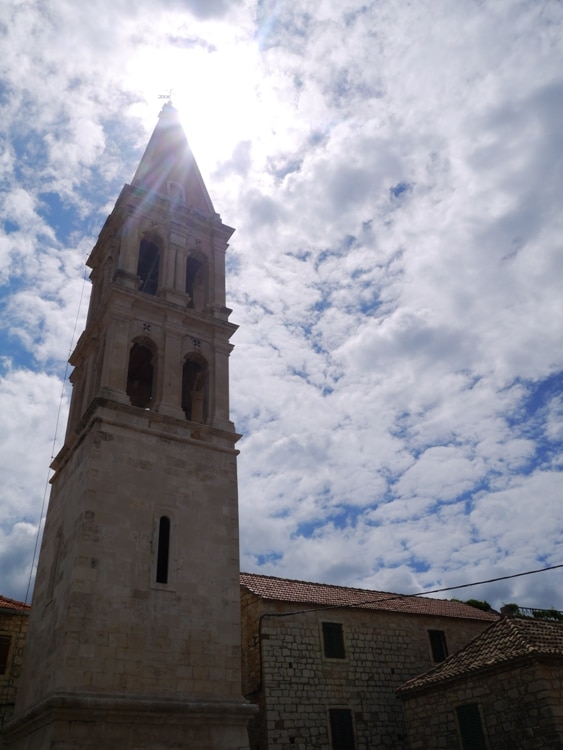
The square has some beautiful old buildings, but it seemed quite desolate out of season.
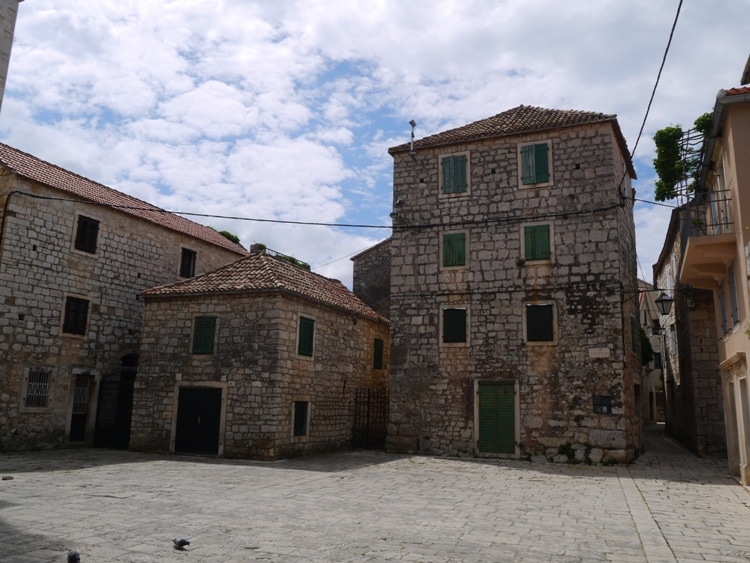
Even though Split is quite busy at the end of April, we were surprised at how quiet Stari Grad was. We were told that it gets packed in summer, but that was hard to imagine on such a quiet day.
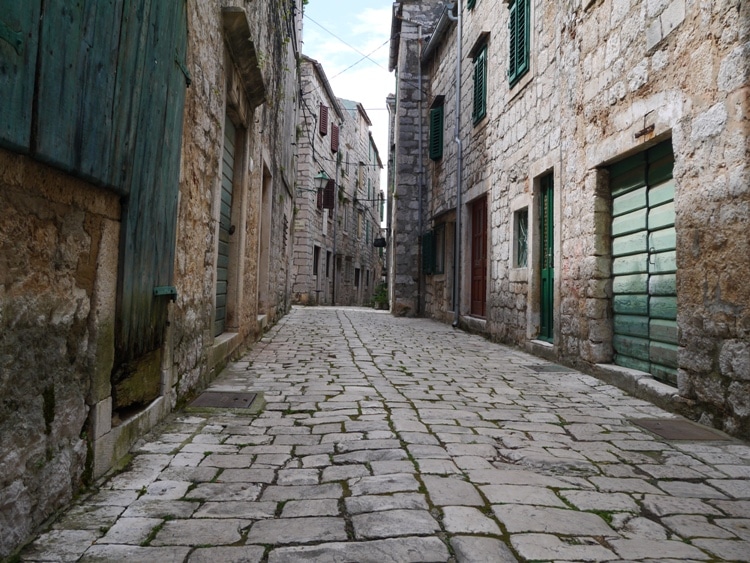
This street in Stari Grad look similar to streets in many other Croatian old towns. But Stari Grad was by far the most quiet town we’ve visited.
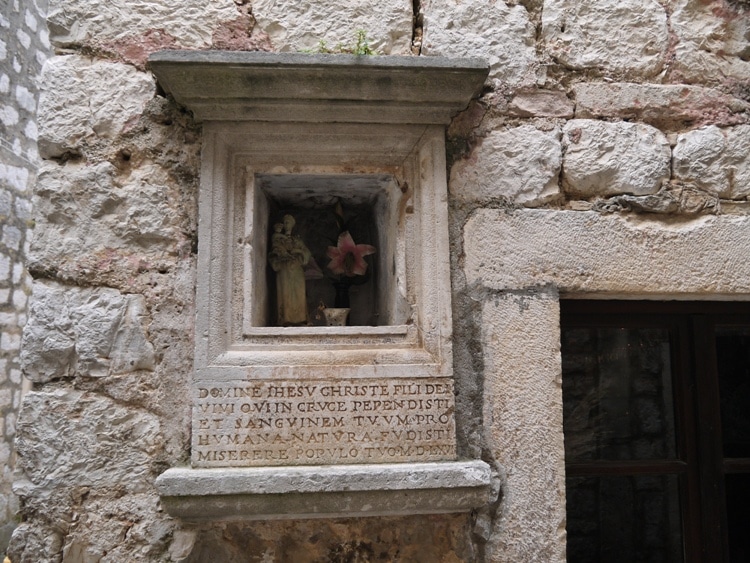
It’s an interesting town to walk around, but a few hours was enough to cover the main old town area. We didn’t venture out to Stari Grad Plain, as there didn’t really seem to be anything worth seeing.
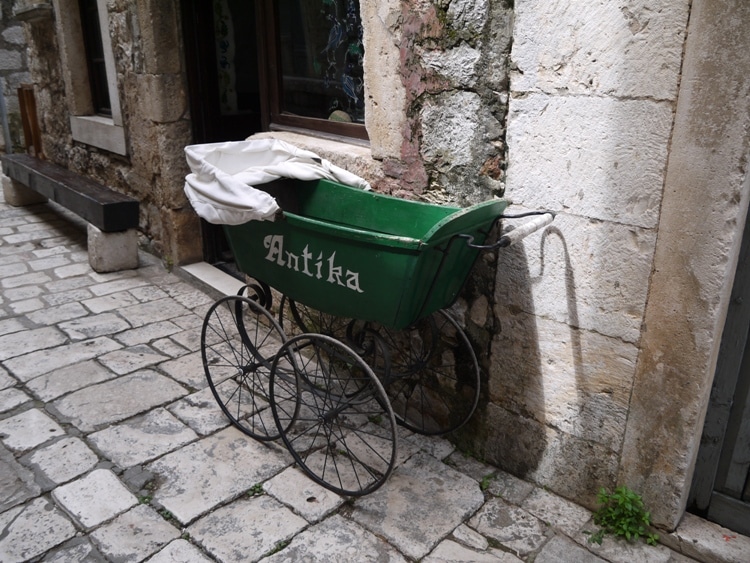
Most of the restaurants and cafes are located next to the harbor, as this is where most of the tourists and locals like to hang out.
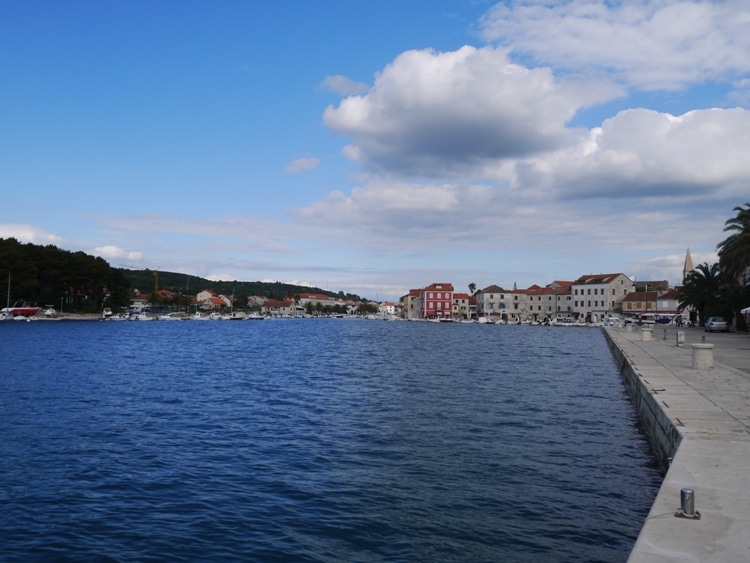
I’d suggest walking back to the ferry, as it’s a very pleasant walk.
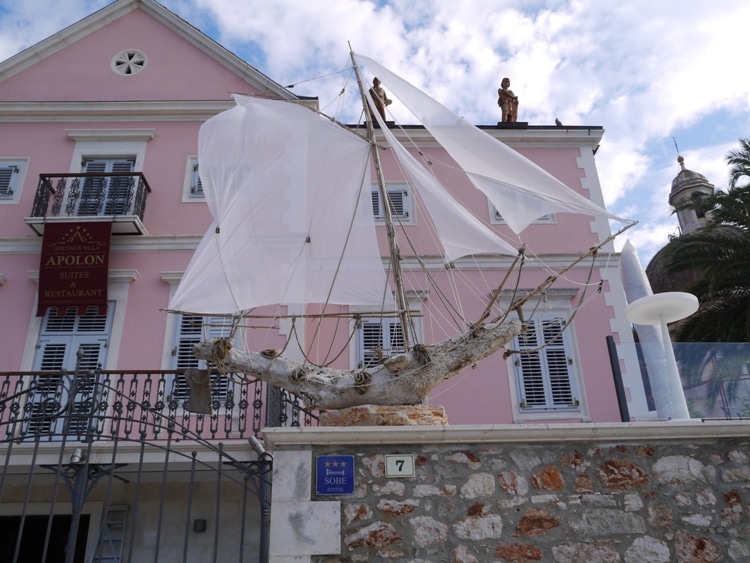
The walk will take you passed the harbor and then along the rocky shoreline.
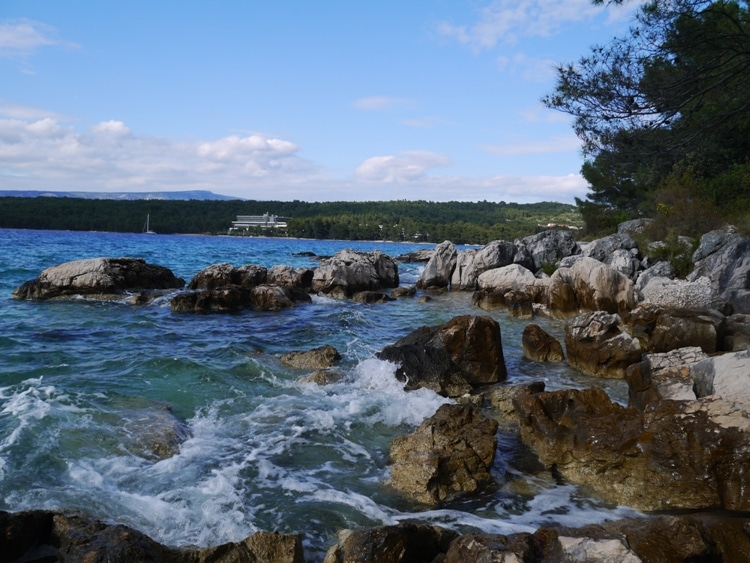
Where To Stay In Stari Grad
We only visited Stari Grad on a day trip, but you might want to check out Apartments Oxa Dreamland if you’re planning to stay overnight. For other apartments and guesthouses, we recommend Agoda Stari Grad.
If you prefer to stay in Split and just take a day trip to Stari Grad, two great studio apartments that we stayed in ourselves are Divota Apartment Hotel and Dosud Apartments. We can personally recommend both of these. For over 1,000 other apartments and hotels in Split, visit Agoda Split.

